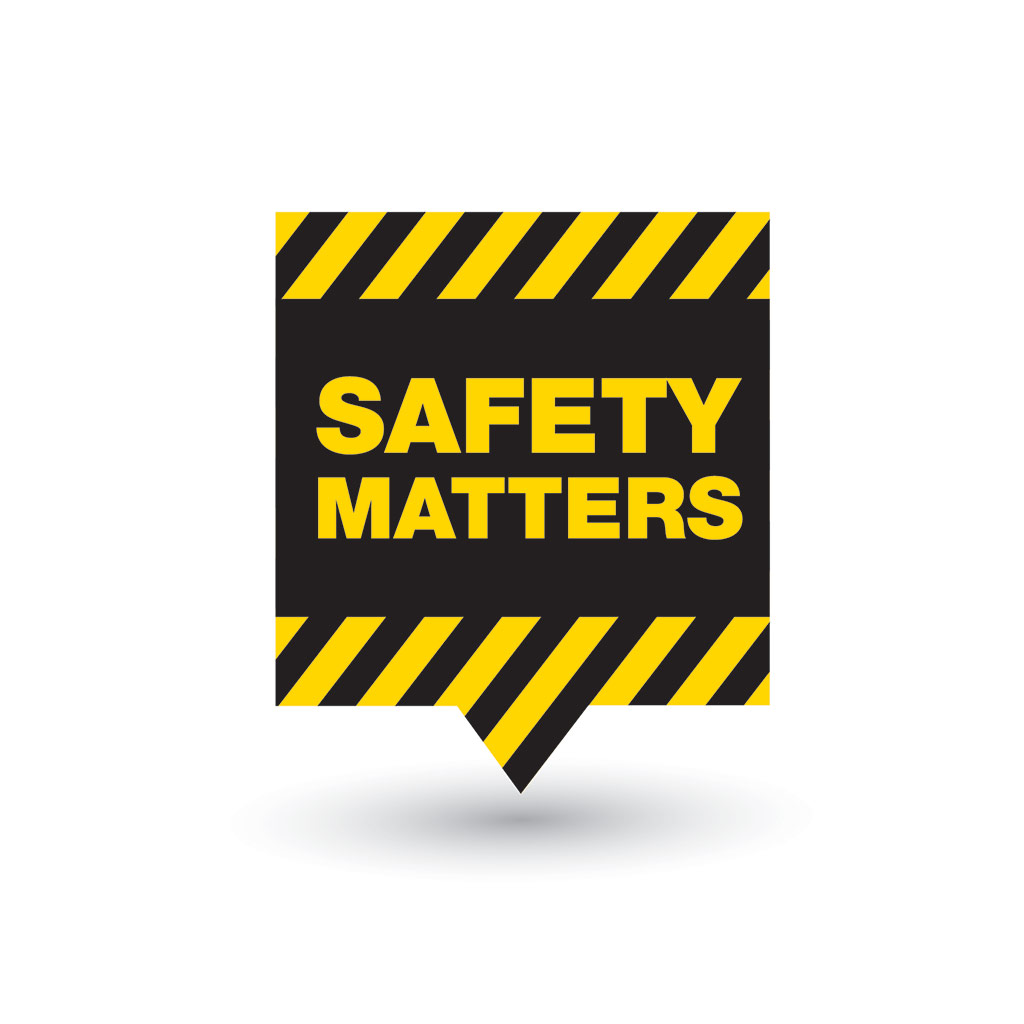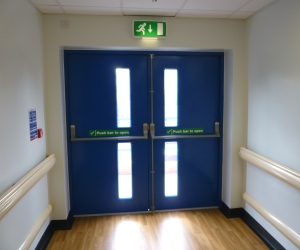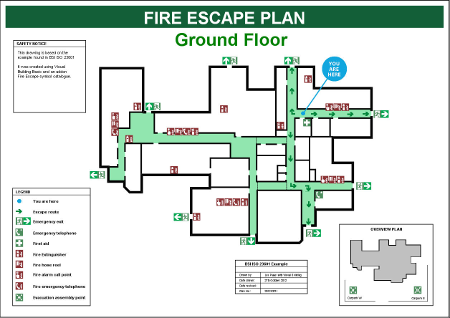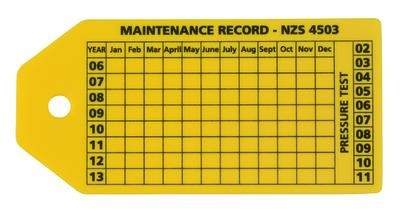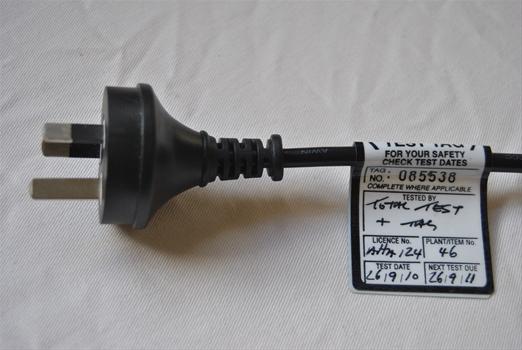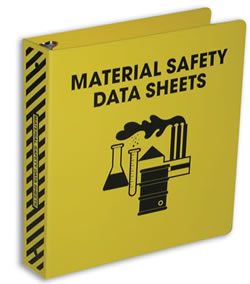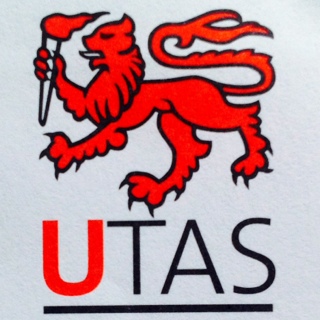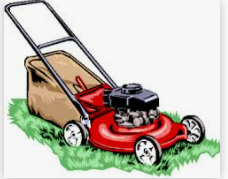Information
-
Document No.
-
Classroom Safety Inspection
-
School Name
-
Conducted on
-
Prepared by
-
Location
-
Personnel
Classrooms and Teaching Spaces
Classroom(s)
-
Use this section of the form to record findings for each of the classrooms you inspect.
-
Add a classroom to the inspection schedule
Classroom
-
Room number
-
Room type
- Classroom
- IT suite
- Office
- Corridor
- Store
- Dining Room
- Hall
- Dormatory
- Toilet
- Admin Block
- Other
-
Reason for auditing this room
- Classroom
- IT suite
- Office
- Corridor
- Store
- Dining Room
- Hall
- Dormatory
- Toilet
- Admin Block
- Other
Emergency Routes
-
Turn on guidance
-
Check the entrance(s) to the room. Does the door open freely? Is the route to and from the door free from obstructions on both sides?
Is there enough space in the room for staff and pupils to move easily around the space?
Are there any slip or trip hazards? Look for uneven floors, worn carpet, trailing cables etc. -
Clear entrance / exit routes
-
Exit signs posted
Evacuation Plans
-
Turn on guidance
-
Evacuation plans posted, legible and near to exits
-
Fire
-
Earthquake
-
Tsunami
-
Lockdown
-
Missing child
Fire Fighting Equipment
-
Turn on guidance
-
Fire fighting equipment needs to be the correct type and tags up-to-date
Appliances need to be tested annually and pressure tested 5 yearly
The needle on fire extinguishers needs to be in the green (indicating its up to pressure) -
Fire extinguishers
-
Hose reels
-
Fire blankets
Fabric of the room
-
Turn on guidance
-
Make sure the door is in good condition and that the handle, lock and auto closer work.
Check the windows are in door condition and can be opened/closed easily. Are any restrictors functioning correctly?
Check condition of walls and ceilings. Note where plaster is coming loose. Are ceiling tiles in good condition?
Examine heating pipes and radiators to make sure that children are unlikely to scald themselves or to get hands stuck behind them.
Are the lights all working? Are the switches and sockets safe?
Is there any known asbestos in the room? Is it in a safe condition still? Has anyone punctured the walls, ceiling or floor without testing for asbestos? -
Door(s)
-
Windows
-
Walls / ceilings
-
Radiators / heating pipes
-
Lights
-
Floors
Furniture
-
Turn on guidance
-
Check condition of furniture and equipment in the room. Ensure there are no sharp edges protruding and that all furniture is stable and in good condition.
Check that equipment in the room is well maintained and has been tested. If uncertain / testing records are not present, then flag for maintenance by qualified staff.
Make sure extension reels (if in use) are not being used in a wound up condition -
Desks
-
Chairs
-
Worktops
-
Cupboards
Housekeeping
-
Turn on guidance
-
Room should be kept clean and tidy, leads don't cause trip hazards and items stored safely at height
-
General housekeeping
-
Leads
-
Items stored at height
Electrical Appliances
-
-
All electrical appliances should be in good working order with a current test tag
Portable appliances require an annual test and fixed appliances one every five years
Ensure that all appliances are kept away from liquids and dust -
Portable appliances
-
Fixed appliances
-
Extension leads
-
Multiplugs
Hazardous Substances
-
Click to enter information
-
All hazardous substances must be correctly labelled, stored safely and used appropriately in conjunction with manufacturer's/supplier's information
Please ensure safety data sheets are provided and up-to-date for all chemicals
Chemical booths need to be safe with adequate extraction and have a current inspection label -
Correctly labelled
-
Safe storage
-
Safe data sheets
Inspection Summary
Inspection Recommendations
Signatures
-
Inspector's Signatures
-
Clients Signature
